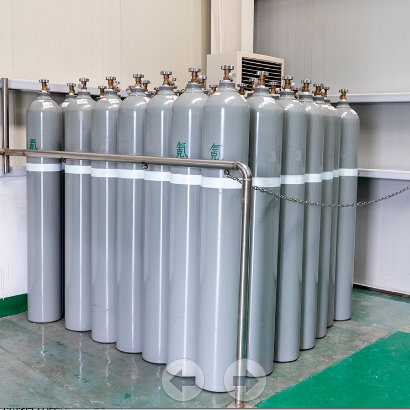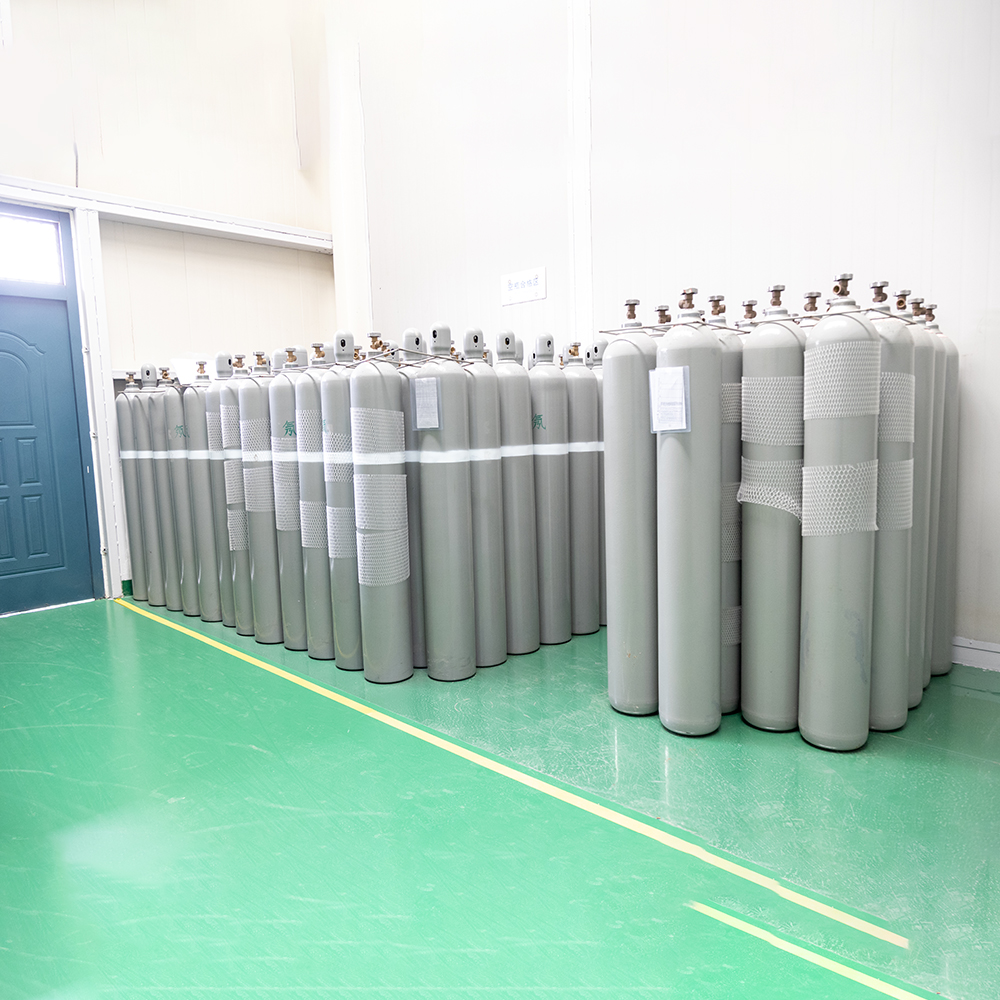Decoding genotypic ratio patterns is one way of un
It is crucial to ensure proper usage and storage o Breathing Oxygen

Mycoplasma is a type of bacteria that causes mycop
Cipla Limited announced its partnership with Train
Rapamycin has garnered significant attention for i
Fermentation definition: fermentation is an anaero
Dear Readers, Welcome to the latest issue of Micro
The element Krypton (Kr) has the atomic number 36 and the chemical symbol Kr. Petroleum noble is an excellent gas that belongs to the elements in group 18 of the convention (VIII A). Krypton is an odorless, tasteless gas that makes up only 1 part per million (ppm) of the Earth’s atmosphere, making it extremely rare.
Krypton’s atomic structure has 36 electrons arranged in energy levels or shells. Its electronic configuration is 1s² 2s² 2p⁶ 3s² 3p⁶ 4s² 3d1⁰ 4p⁶, which means it has a full outer electron shell (valence shell), which makes it stable and non-toxic.
Status: Krypton is a nonreactive gas(inert gas), meaning it remains in its gaseous state even when cooled or compressed.
Density: More dense than other forms of carbon monoxide, its density is approximately 3.749 g/L. It takes -250.27 degrees Fahrenheit (-157.36 degrees Celsius) to melt krypton.
Boiling point: -153.22 °C (-243.80 °F).
Solution: Like other noble gases, krypton is sparingly soluble in water and does not react with most chemicals.
Krypton is one of the lowest cost materials due to its poor external electrical properties. As usual, it is inert as it is not easy to form compounds with other elements.
Lighting: Krypton gas is frequently used in some high-intensity discharge (HID) lamps, including some types of incandescent and fluorescent lamps. Adding krypton to these bulbs increases their performance and longevity.
Laser: Krypton gas lasers, also known as krypton ion lasers, can emit radiation of different wavelengths. These lasers find application in science, medical procedures (such as eye surgery), and some industries.
Cryogenic: Krypton is used in cryogenic applications to ensure environmental protection. It can be mixed with other gases such as nitrogen to produce cooling air for research and industry.
Radiometric dating: Krypton-81 (a radioactive isotope of krypton) is used for radio dating of rocks and stones in some geological and geophysical studies. mineral.
Detector Calibration: Krypton is used as a calibration standard for some types of detectors, including those used in nuclear power plants and research facilities.
In the Earth’s atmosphere, krypton is among the rarest gases. Its volume fraction is only 1 in 1,000,000.
Microbioz India features news and articles on Laboratory Equipment, Healthcare and Microbiology and monthly magazine with specific editorial content on Scientific equipment and management policy. …..Read More

Special Gas Copyright 2023 Microbioz India. All Rights Reserved.